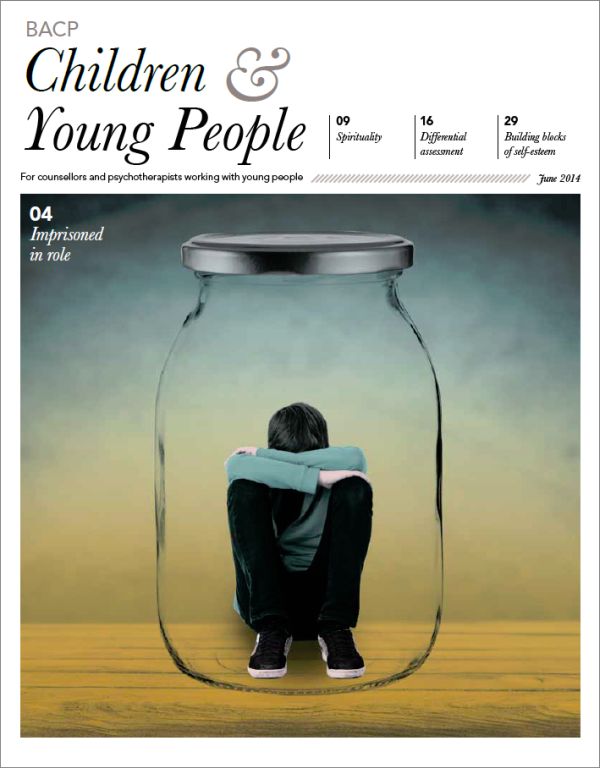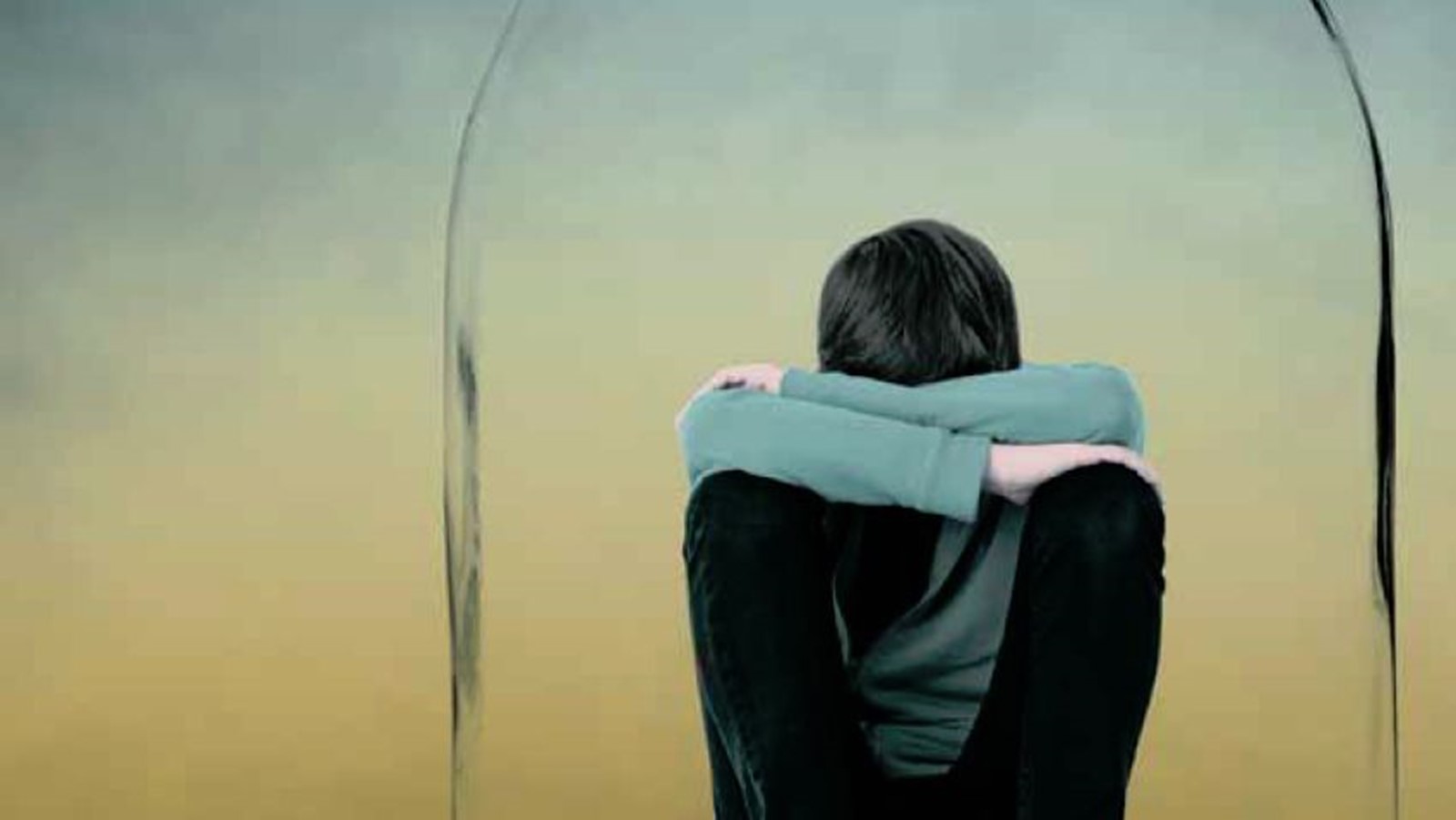In this issue
Features
Imprisoned in role (free article)
Nick Luxmoore recommends a flexible variety of roles
Creativity and play…
…are necessary ingredients for change, says Anna Jacobs
Clay – a potent medium
Lynne Souter-Anderson demonstrates the value of this universal material
Issues
Differential assessment (free article)
Miriam Silver encourages us to consider both organic deficit and damaging experience before moving ahead
Building blocks of self-esteem
Paying attention to the eight foundations will effect change, explains Deborah M Plummer
The ending draws nigh
What happens next is not always as intended, writes Augene Nanning
In practice
Spirituality and young people
Soul is often absent from our thinking and practice, says Salma Khalid
Working with separation and divorce
Angela Hobday advocates a sprinkling of fun
Sandtray inner-world work
Kirsty Bilski surveys the use of this technique in session and supervision
Regulars
Reflecting on… shittiness
Jeanine Connor
Thinking about… embedded loss
Julie Fallon
Considering… the danger of experts
Nick Luxmoore
Obituary - Joyce Sharples
From the chair

All articles from this issue are not available online. Divisional members and subscribers can download the pdf from the BACP Children and Young People archive.
Welcome from the editor
When my dad taught me to play cribbage a few weeks ago, I relearned three things. One, that play is still appropriate for all ages (he’s 96); two, that creative strategies are useful for helping me work out how to count my hand accurately; and three, that doing something totally different and out of the blue frees up all manner of other ideas, playfulness and mutual enrichment. My inner counsellor was all agog.
So how is this relevant to BACP CYP journal in 2014? It seems to me that there has grown up (in all senses of the phrase) a yawning gap between currently recommended therapies and the age-old idea of child-like learning by being creative, imaginative and playful. As in the learning of a new game, learning to adopt new thinking and behaviours can be fully and well mediated by experimenting, moving out of rigid boundaries (including those of manualised therapies?) and allowing the unconscious space to stir and play. None of us has forgotten that, I’m sure. But we do need to keep reminding ourselves – when faced with any client with any supposed diagnosis – that play and creativity have their place, even in a serious and risk-ridden scenario.
For this reason, you could call this the creative issue. I have asked experts in a number of fields to write for us on various topics within this focus. Our lead article addresses the roles that young people sometimes get stuck in and demonstrates creative ways of talking with them to bring awareness of their previous repertoire of roles. We also take a closer look at play therapy, clay therapy and sandtray therapy; and how to work creatively with issues such as separation and divorce, and low self-esteem. I commend the latter to those who sink amid the general ‘self-esteem’ and ‘self-anything’ talk that surrounds us, because here we have a clear way of working with the foundational elements that will inevitably build up solid self-esteem.
We also have a lightly written but subtly thought-provoking article on those endings that do not go according to plan, and an important piece on using assessment time to be sure we are not jumping to conclusions about nature or nurture in the client’s presentation. Both these issues require a flexible, creative approach in our thinking.
And if we do nothing else this summer, we need to reinvest in the Ethical Framework values of (1) enhancing the quality of relationship between people (in this case, our young clients) and (2) increasing our personal effectiveness1 – for both of which it is essential to gain and maintain a healthy sense of creativity. I’m currently boosting my imagination by taking a course in children’s book illustration (because cribbage isn’t quite my thing). I hope you, too, find your own inventive way of enhancing counselling play and productivity, whatever your age.
Eleanor Patrick
Editor
Reference
1 BACP. Ethical framework for good practice in counselling and psychotherapy. Lutterworth: BACP; 2013.
